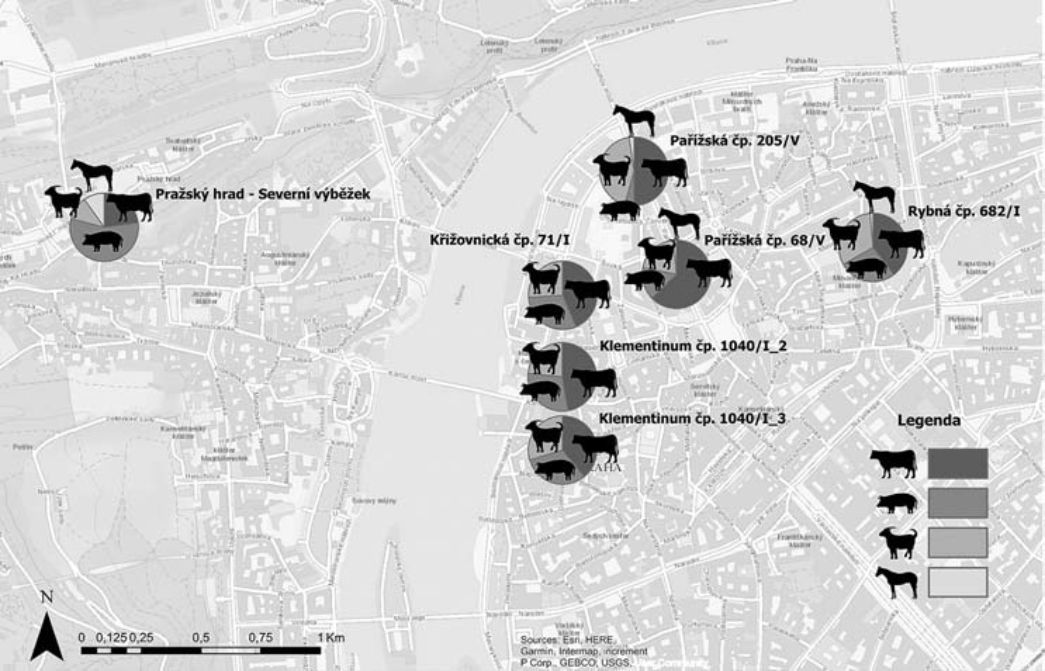Trends in the consumption of meat and other animal products in medieval Prague
DOI:
https://doi.org/10.35686/AR.2019.21Keywords:
animal skeletal remains, Middle Ages, consumption, animal production, PragueAbstract
Assemblages of animal bones and teeth dated to the 8th–14th century AD were collected during archaeological excavations at several Prague locations (Prague Castle, Lesser Town and Old Town). The acquired osteological material is waste resulting mainly from the butchering and consumption of meat. A detailed evaluation of this material with a focus on the taxonomic representation, the slaughter age and the sex of the animals provides more detailed information on both the composition of the diet and the quality of meat, but also the use of other animal products. By means of a comparison of multiple assemblages on the spatial and temporal level, we attempted to gain a better understanding of the trends in animal husbandry and the consumption of their products in medieval Prague.
Downloads












